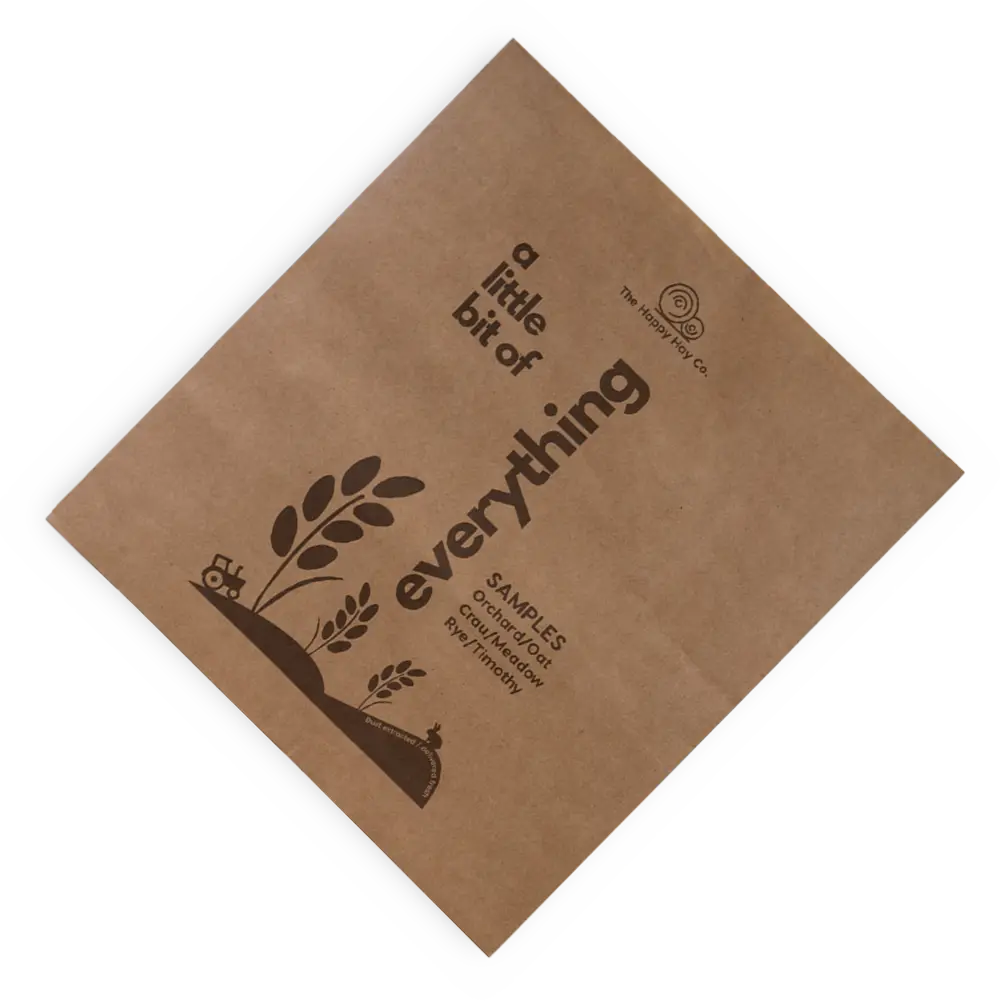
Try our sample pack
From Just
£2.50
- Guaranteed Quality
- Eco-Friendly
- Fast Delivery
- 30-Day Return
- Guaranteed Quality
- Eco-Friendly
- Fast Delivery
- 30-Day Return

Once a rabbit feels safe with you, they will start to become very affectionate. However, it can take a while and you have to let your rabbit warm up to you slowly. They are different to cats and dogs and don’t particularly like being cuddled. But when your rabbit is bonded to you, they will make it very clear how much they love you.
Before anything else, your rabbit needs to feel safe. Sit quietly near their enclosure and let them come to you on their own. Avoid chasing, reaching, or hovering as rabbits trust calm, predictable behaviour.
Sit or lie on the floor so you’re not towering over your rabbit. Being closer to their eye line helps them feel secure and shows you’re not a threat.
Rabbits like to be in control of interactions. Let your bunny come to you, sniff, or nudge your hand before you try to pet them. Patience early on builds a lifelong bond.
Gently hand-feeding safe treats like a piece of parsley, kale, or coriander helps your rabbit associate you with positive experiences.
Rabbits are prey animals with sensitive hearing. Speak in a calm, soothing voice and avoid sudden movements. Over time, they’ll learn your tone means comfort.
If your rabbit hops away, don’t follow. It’s their way of saying “I need space.” Giving them choice and control helps them feel secure enough to return.
Keep loud noises, barking dogs, and sudden clattering to a minimum. A peaceful home helps shy rabbits relax and feel safe enough to socialise.
Bonding happens through routine. Sit near them every day, even if it’s just while reading or watching TV. So they get used to your presence and scent.
Understanding rabbit behaviour helps you respond the right way.
Once your rabbit trusts you, light brushing can strengthen your bond. Especially during shedding season. It mimics the social grooming rabbits do with each other.
Use gentle praise or small treats when your rabbit approaches, accepts petting, or interacts positively. Positive reinforcement teaches them you’re safe.
Most rabbits dislike being picked up. Lifting can trigger a fear response, so save it for when it’s truly necessary. For example, during vet visits or grooming.
Never pick up a rabbit by the ears, legs, or scruff. Always support their chest and bottom.
If you need to pick them up, use the bunny ball technique:
Offer tunnels, chew toys, cardboard boxes, or dig boxes. Interactive toys keep rabbits mentally stimulated and build positive associations with you during playtime.
Once your bunny is comfortable, try soft strokes between the eyes or behind the ears. These mimic grooming gestures rabbits use to show affection.
Rabbits love consistency. Feed them and interact at the same times each day so they learn when to expect you. Predictability strengthens trust.
If your rabbit enjoys outdoor time, sit quietly in the grass with them. Let them explore and occasionally return to you for reassurance or treats.
If your rabbit shows fear such as thumping, flattened ears, or turning away. Pause and give them space. Forcing attention can undo progress.
Rabbits are social animals. A bonded pair often feels more confident around humans, and watching them groom and cuddle can teach you their comfort cues.
Always follow bonding introductions slowly and under supervision.
True bonding takes time. When your rabbit finally flops beside you, grooms your hand, or jumps for joy, it means they trust you completely. That’s love, bunny-style.
Watch for these signs to know if your rabbit is happy with you:
Building trust with your rabbit takes time and patience, as some are shyer than others. Allow them to approach you on their terms, perhaps with treats, to help them feel safe and build confidence.
If your rabbit doesn’t like you or something that you are doing, they will let you know in a number of different ways.
The bonding process can take a long time, but it really depends on your rabbit. So, don’t put pressure on yourself or your rabbit because if you push your rabbit, you might scare them, and it will take an even longer time to rebuild that trust.
Most rabbits dislike being picked up due to their prey animal instincts. However, some may trust you enough. If you do, pick them up properly to avoid injury. Never pick them up by their legs, ears, or scruff. The best method is the ‘bunny ball’: place one hand on their neck and the other on their rump. Turn the rabbit with its back legs facing away. Gently roll their back legs towards their belly with the rump hand. Move the neck hand to their chest. Then, slowly lift.